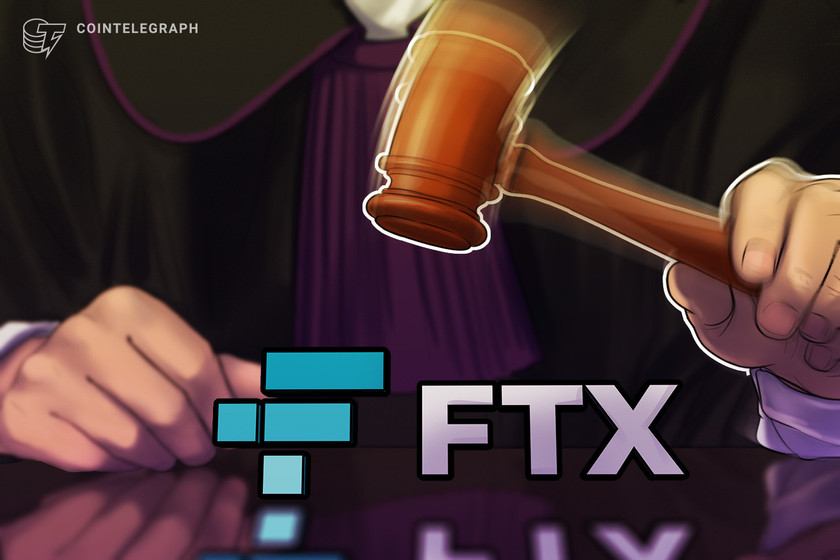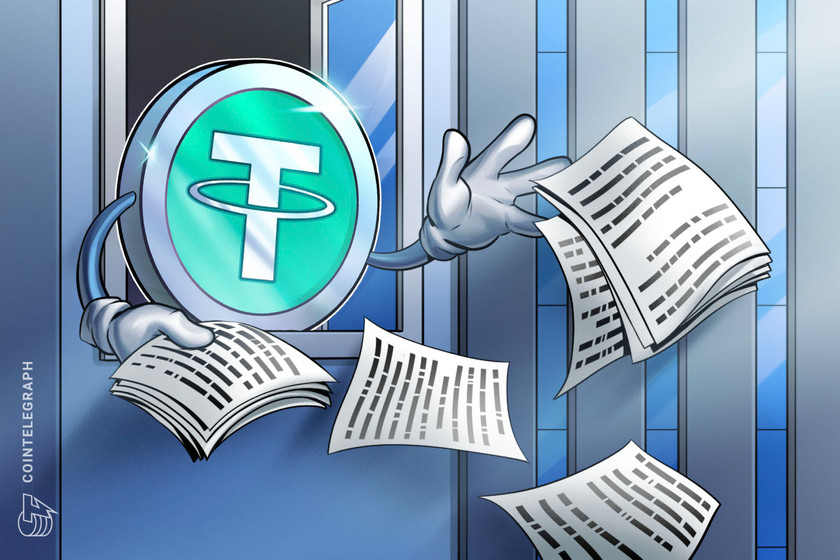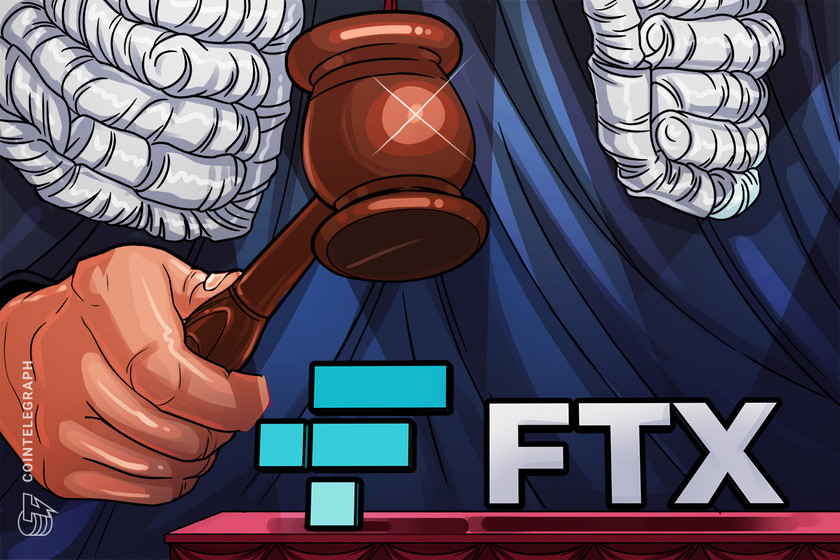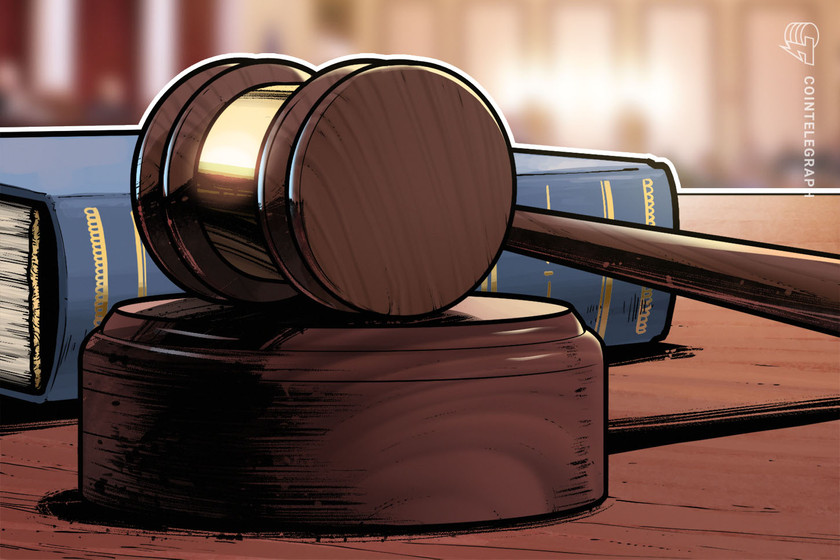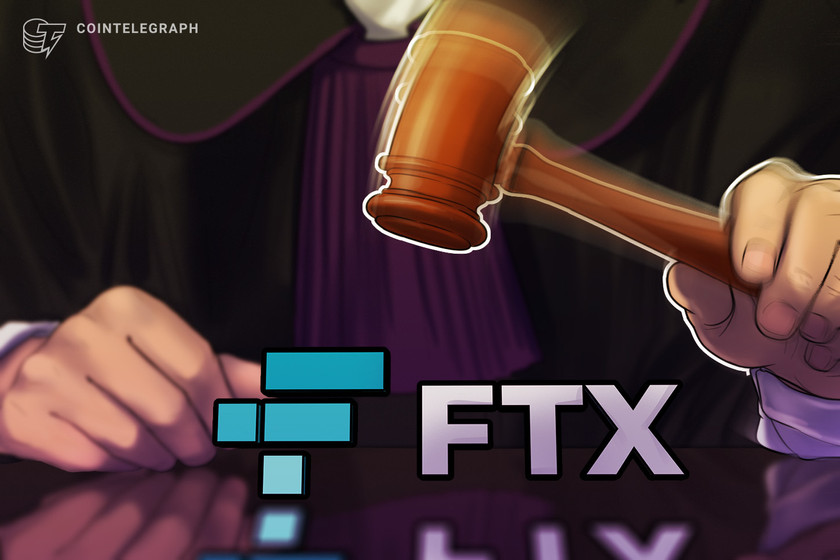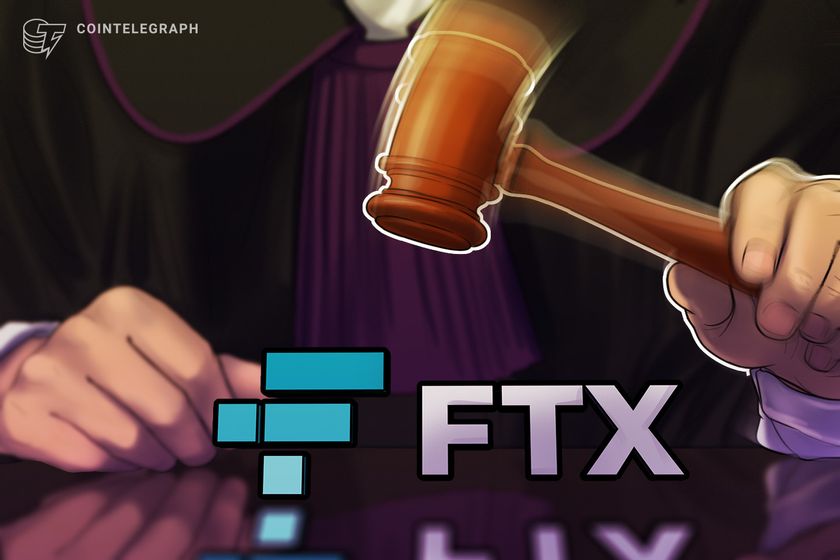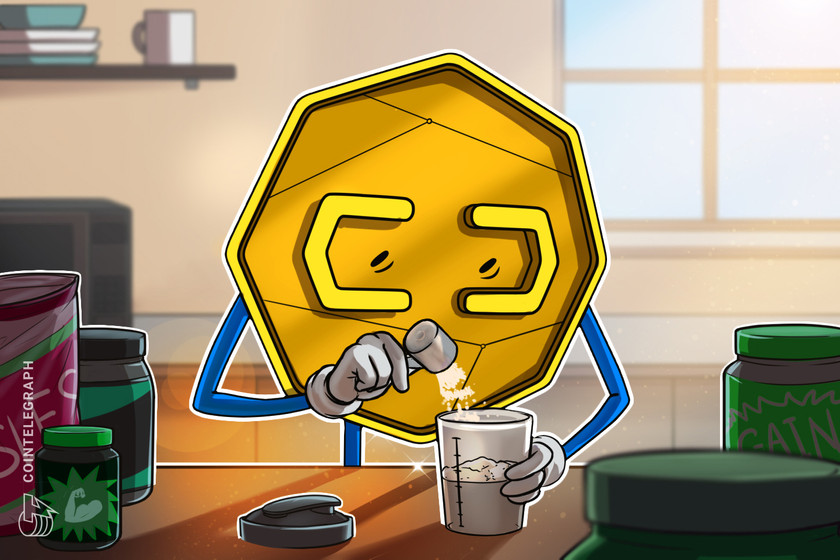Swiss court gives green light for FTX to sell its European arm


The approval of a petition in Switzerland allowing FTX Europe AG’s sale would be in accordance with U.S. bankruptcy court, where FTX’s global business filed for Chapter 11.
According to bankruptcy cryptocurrency exchange FTX, a court in Switzerland has approved a petition allowing the firm to potentially sell its European business.
In an April 12 announcement, FTX said a Swiss court granted a petition filed by the board of directors for FTX Europe AG regarding a moratorium proceeding. As part of the legal process, FTX’s European arm would be allowed to “facilitate the exploration of strategic alternatives, including the previously disclosed potential sale of its business” in accordance with United States bankruptcy court.
FTX Europe AG was part of FTX’s Chapter 11 filing in U.S. Bankruptcy Court for the District of Delaware in November 2022. In March, the exchange’s European business launched a website allowing customers to submit withdrawal requests for the first time since the business declared bankruptcy.
Related: FTX customers want more info on FTX’s plans to sell subsidiaries
Former FTX CEO Sam Bankman-Fried will face criminal and civil cases in the U.S. for his alleged role in committing fraudulent activities at the crypto exchange. Bankman-Fried has pleaded not guilty to 13 federal charges and his trial is expected to start in October.
Magazine: Can you trust crypto exchanges after the collapse of FTX?

